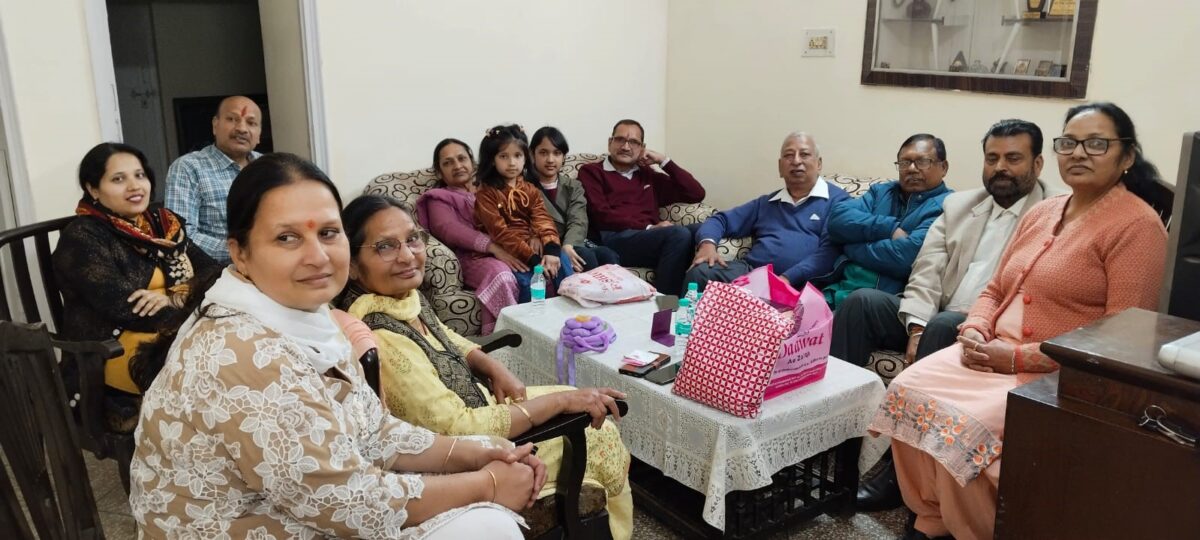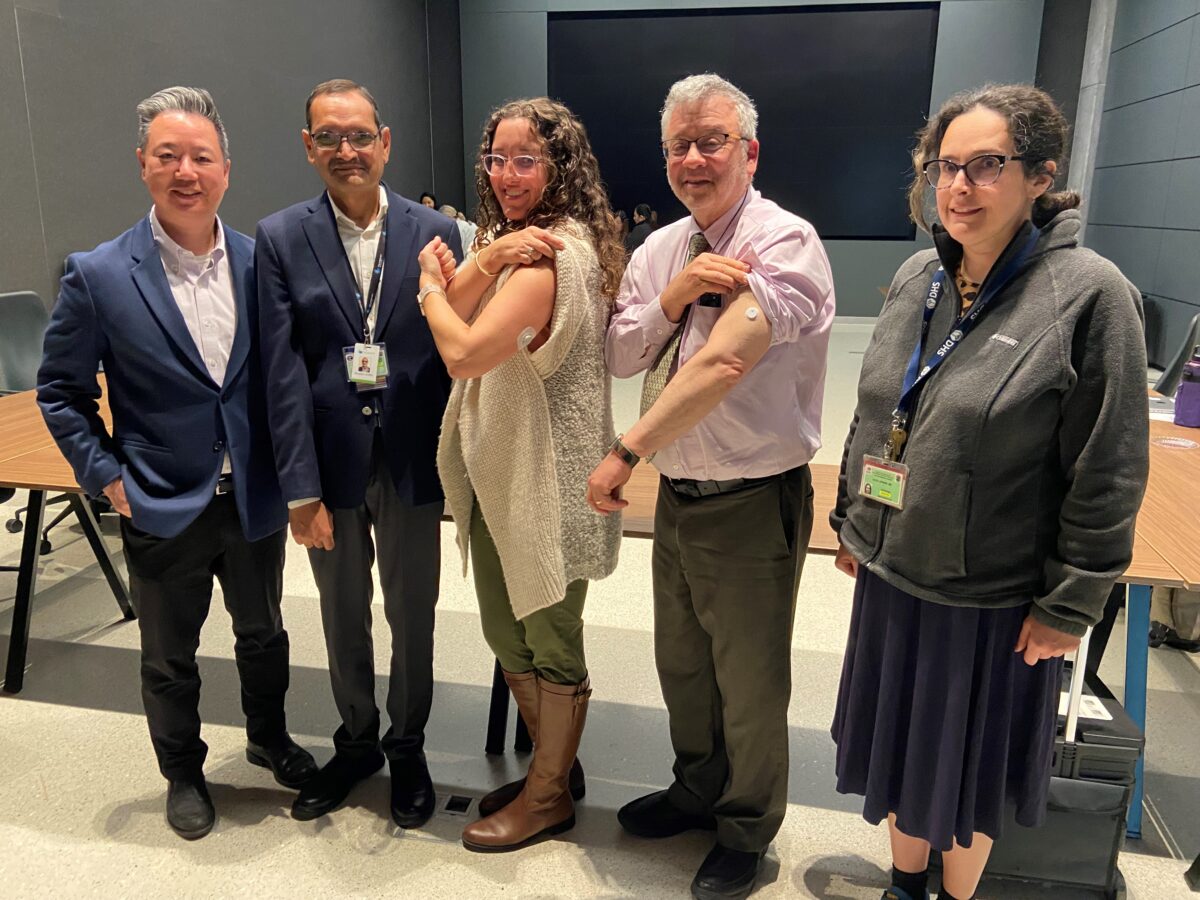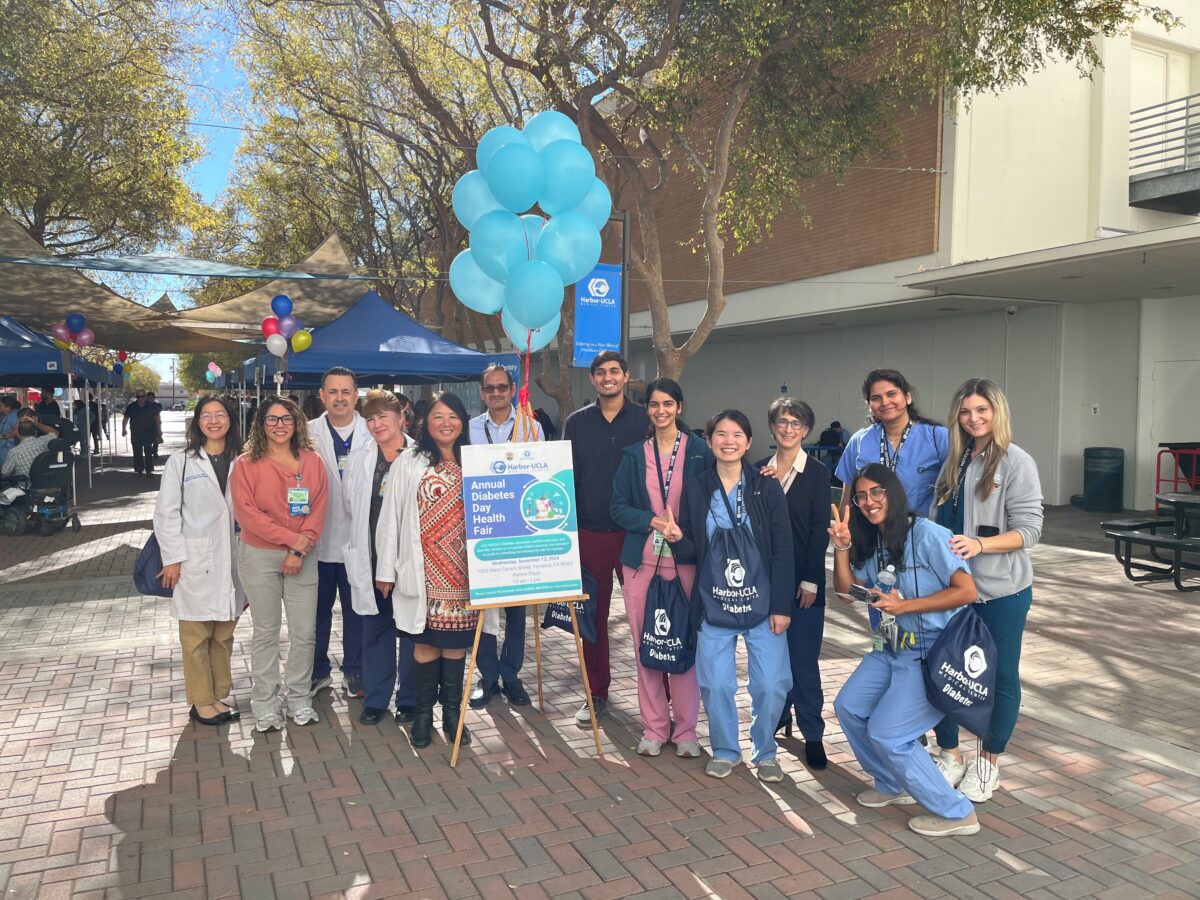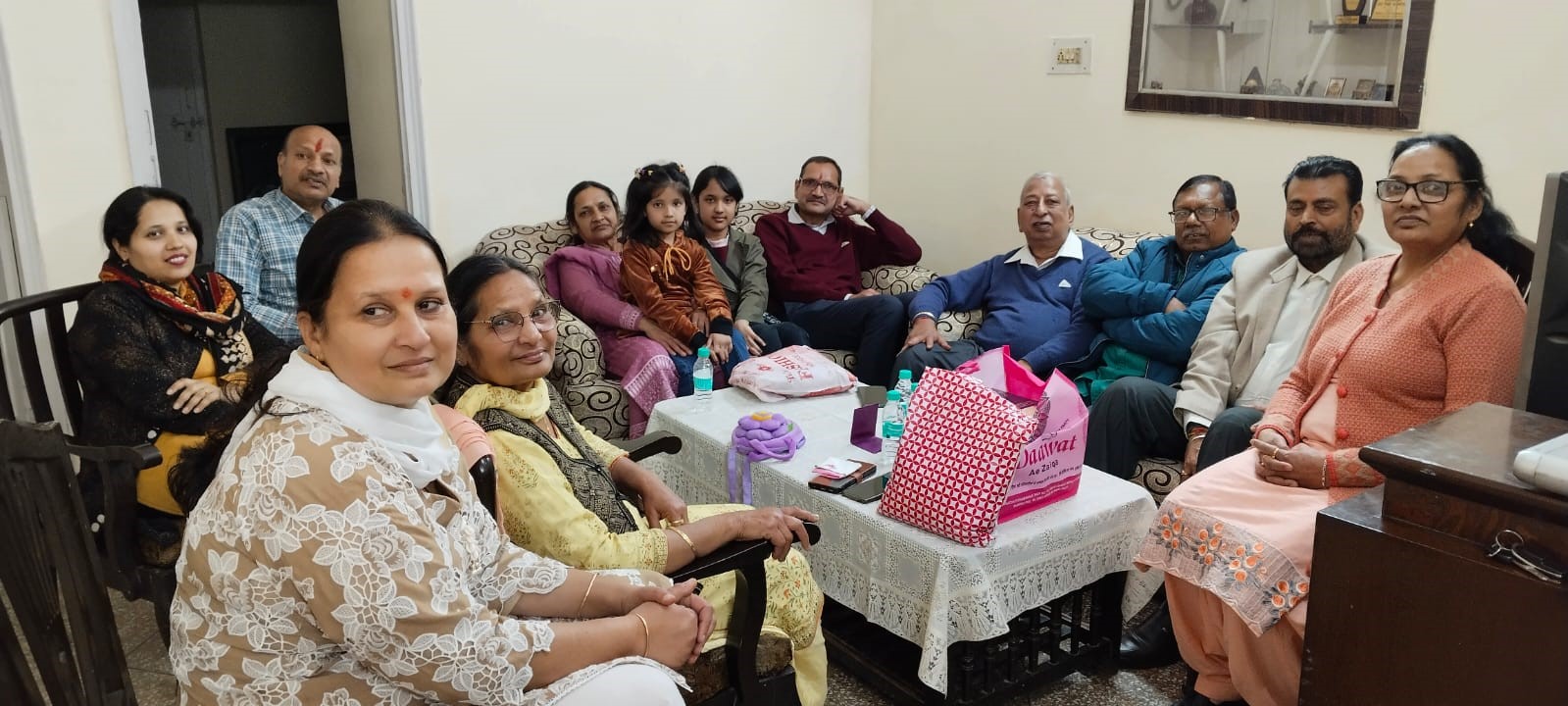
When Rajesh Garg, MD talks about his life, he doesn’t sound like the kind of doctor who grew up knowing he wanted to wear a white coat. His story starts far from the shiny hallways of hospitals but in a small, rural town called Jagraon, located in the Ludhiana district in the Indian state of Punjab.
“I had four older sisters and a younger brother,” he says, adding that his mother was a homemaker and father a schoolteacher. “We couldn’t afford much growing up, but education was everything.”
In that small town of about 10,000 people, imagining life beyond what one could see remained impossible for many. But Dr. Rajesh’s father, who taught math and science, planted something different in his son — a fascination with how things worked. “He taught me at home,” Dr. Garg recalls. “I was good at physics and math, and that helped me a lot later on.”
Back then, India offered just a handful of paths to a better life. “You could become a doctor, an engineer, or a government officer,” said Dr. Garg. “Those were the options.” Medicine wasn’t a lifelong dream; it was simply the most promising of the few doors open to him.
Getting into medical school was extremely difficult with over 100,000 students competing for fewer than 500 spots. “When I got in, I was the only person from my entire town to do it that year,” he says. “It was a big deal for everyone.” The education was free, but the work was hard.
After graduating from Government Medical College in Patiala, Dr. Garg married a fellow doctor he met during his residency training in Jaipur, and the two pushed each other to keep learning. “I’ve always had this drive to be better,” he says. “I never wanted to stop improving, and neither did she.”
Reaching for more than his rural hometown has to offer
When Dr. Garg left his home state for residency in Jaipur, it was his first time away from family and his first real step into the wider world. “It was scary,” he remembers. “I didn’t speak the local language, didn’t know anyone. Everything felt so big: the crowds, the buses, the noise.” Instead of turning back, he learned to adapt.
That courage, to walk into unfamiliar places and keep learning, became one of his defining traits. “Every time I stepped outside my comfort zone, I grew,” he says. “That’s something I tell my students even now. Growth doesn’t happen where you’re comfortable.”
That desire led him to leave India in 1998 for the United States — a leap that would change his life. “I came on a research visa,” he says. “I wanted to understand how things worked, not just treat patients.” His initial stop was Buffalo, New York, where he began studying diabetes and metabolic diseases. From there, he built a career that eventually took him to Boston and Harvard Medical School and now, to The Lundquist Institute for Biomedical Innovation at Harbor-UCLA Medical Center in Los Angeles.
As he built a life in the U.S., that same empathy he learned from uncertainty became his compass. He noticed that patients didn’t just need medical answers, they needed someone who would listen. “Sometimes, all a patient wants is for you to understand them,” he says. “If they trust you, they’ll tell you the truth about their life—and that’s where real healing starts.”

Guiding principles for a career in healing
For Dr. Garg, the milestones and titles are just the backdrop. What drives him isn’t prestige, it’s the connection to people. As such, he worries that this human touch is disappearing from modern medicine. “Young doctors are trained to treat the disease, not the person,” he says. “But the science is only half of medicine. The other half is heart.”
His outlook on medicine, and life, is simple: lead with compassion.
“When someone comes to me, especially with something like diabetes, they’ve often been blamed their whole life,” he says. “People look at them and think, ‘Why didn’t you take better care of yourself?’ That mentality isn’t helpful in medicine.”
He remembers patients who broke down in tears after hearing the words, “It’s not your fault.” “No one had ever said that to them,” he says. “But it’s true. Life is complicated. People have families, jobs, stress. They’re not lazy, they’re just human.”
Over time, Dr. Garg’s research began to explore not just medicine, but human behavior. He wanted to understand why people struggle to make healthy choices even when they know what’s right. The answer, he learned, is rarely about willpower. “People have lives,” he says. “They’re working long hours, caring for kids. Even if you give them free medicine, they might not have time to go pick it up. If we really want to help, we have to see the whole person, not just their disease.”
That philosophy spills over into how he teaches younger doctors. “Medicine today has become very mechanical,” he says. “People are focused on lab numbers and charts. I tell my students — stop, look at the person. Ask them about their life. You can’t heal someone you don’t understand.”
For guidance, he turns to an ancient source: the Bhagavad Gita, a sacred Hindu text that emphasizes purpose and effort. “I live by one simple principle,” Dr. Garg says. “Do your best and leave the rest to God. Once I’ve done my best, I can sleep peacefully.”
Gratitude for the reality that was once a vision
Now based in Los Angeles, Dr. Garg continues his work on diabetes and nutrition, focusing on how to make processed foods healthier and easier on the body. Even as his research moves forward, his sense of gratitude remains rooted in where he came from.
Dr. Garg is the only one in his extended family living outside of India. He frequently visits his home country to see his large family, often resulting in visits from more than 50 relatives who gather upon his arrival. “When I visit, everyone comes. It’s a celebration,” he said with a smile on his face.
When asked if he ever imagined this life, he laughs. “Never. I just wanted to do my best,” he says. “And somehow, one thing led to another and now here I am.”Looking back, he sees the pattern clearly: every step, every choice, shaped by the same quiet persistence. “If I had stayed in my hometown, maybe I would have helped some people,” he says. “But now, I’ve been able to help thousands. I didn’t plan any of it, but wherever I was in the world, I was present and working hard. I think that’s what happens when you keep doing your best.”

